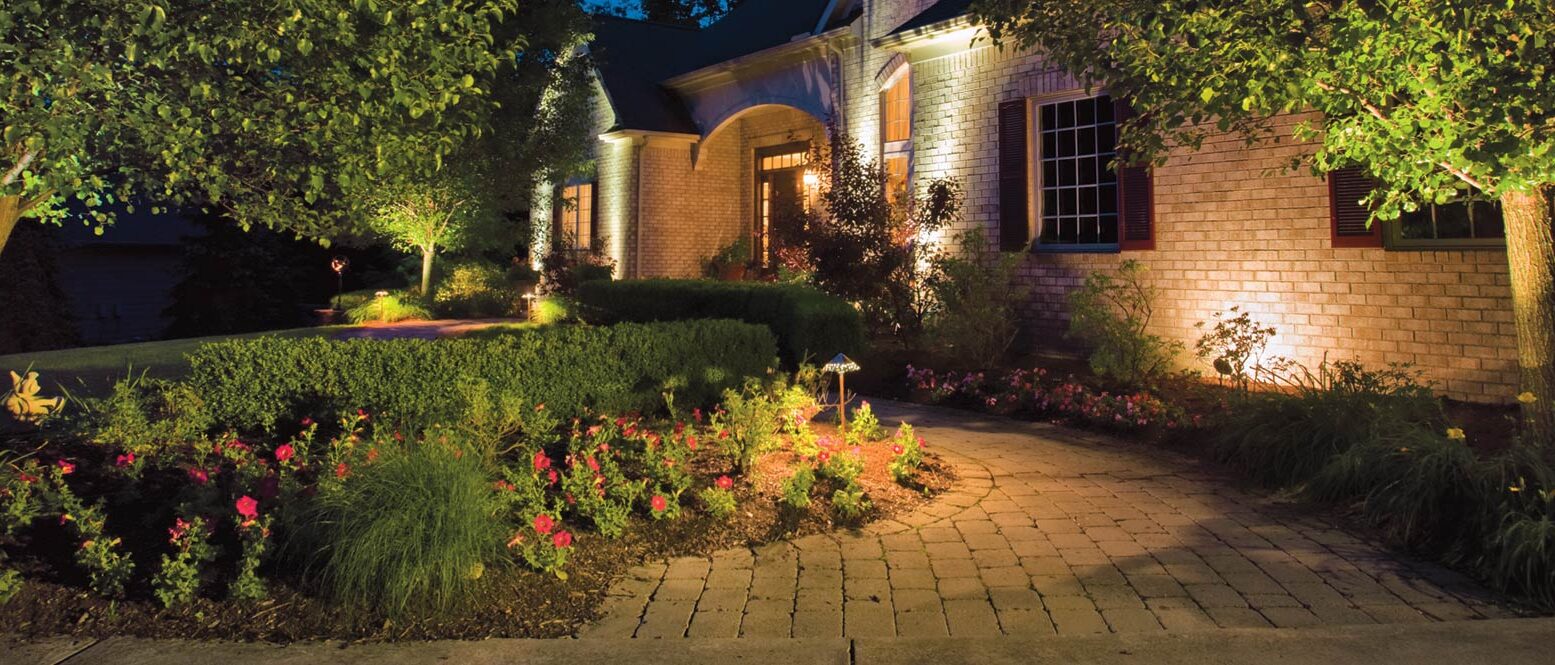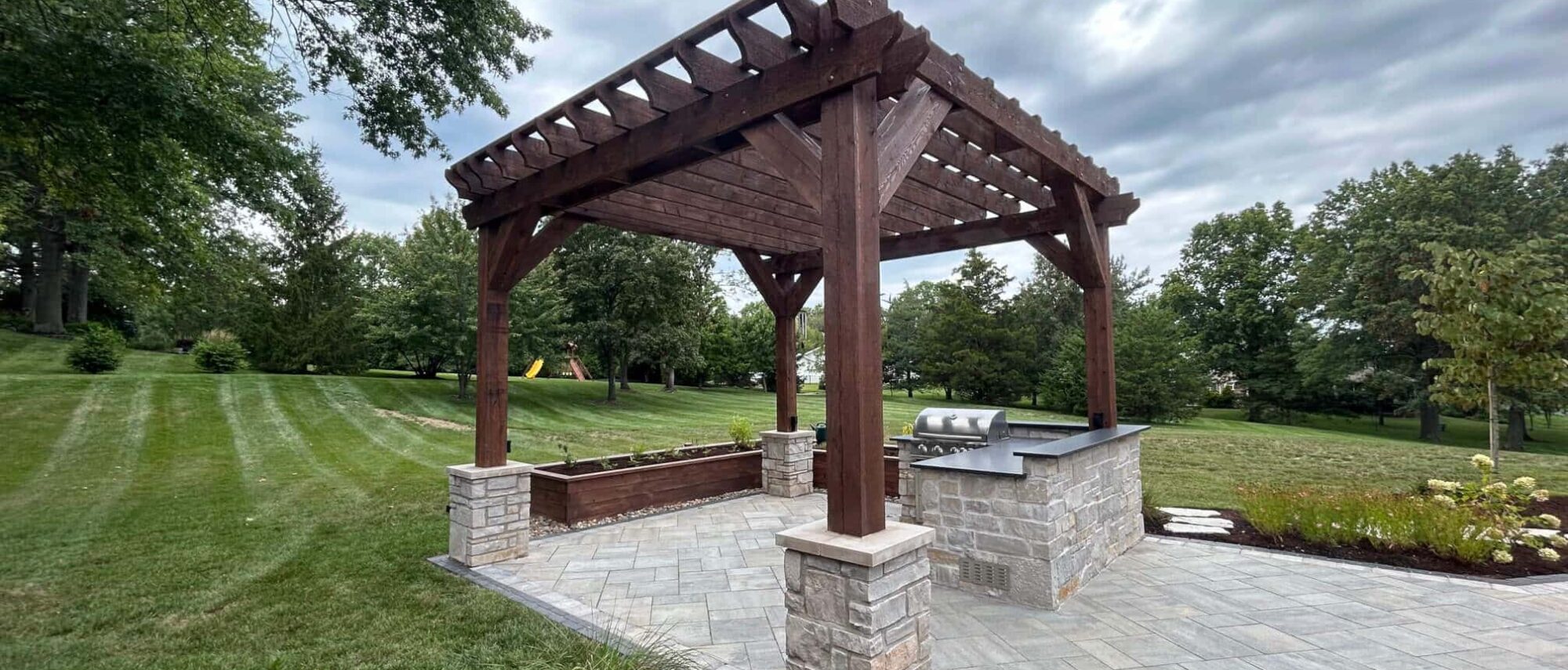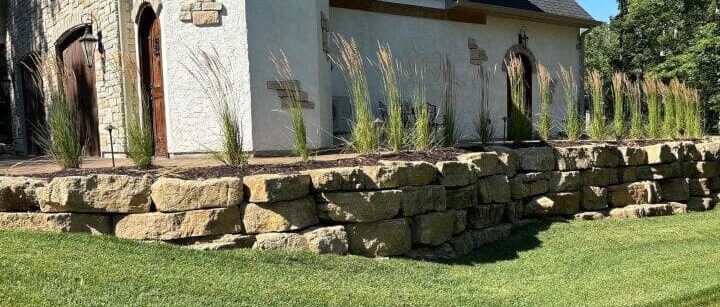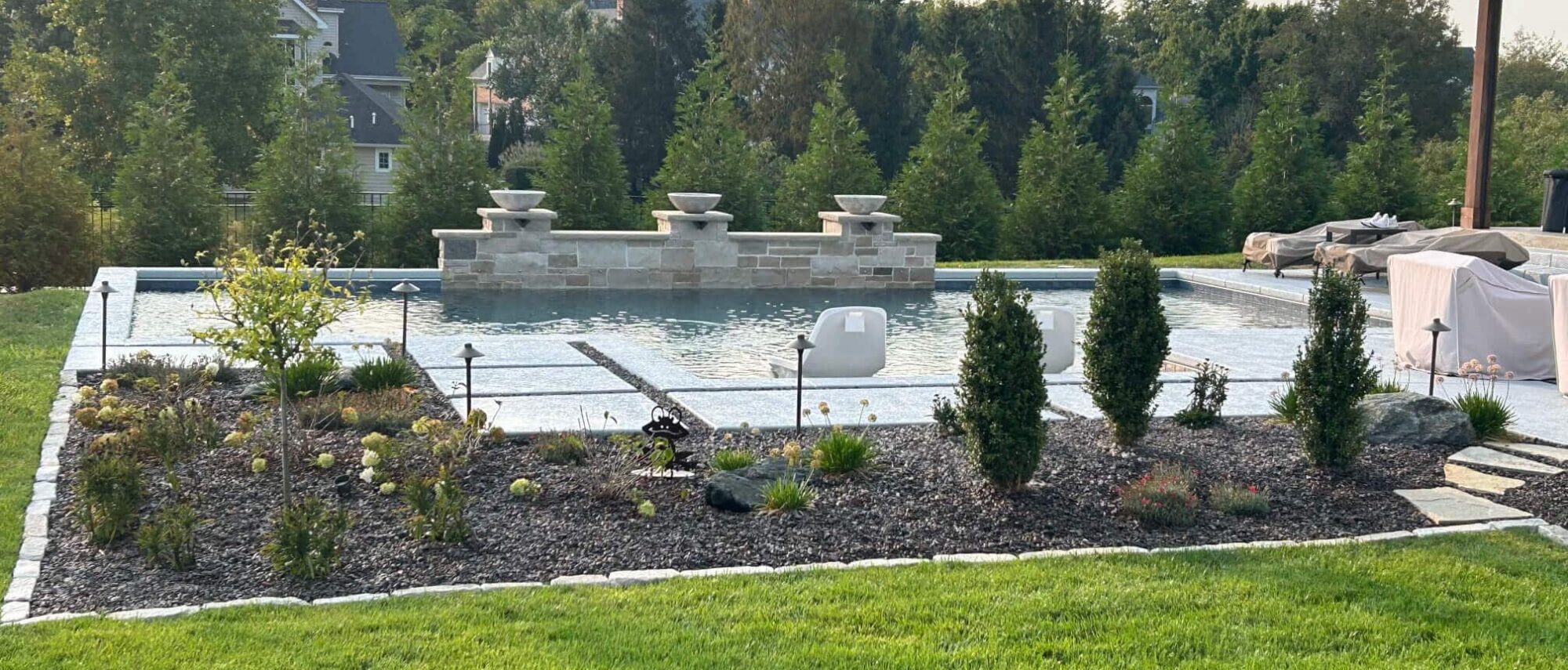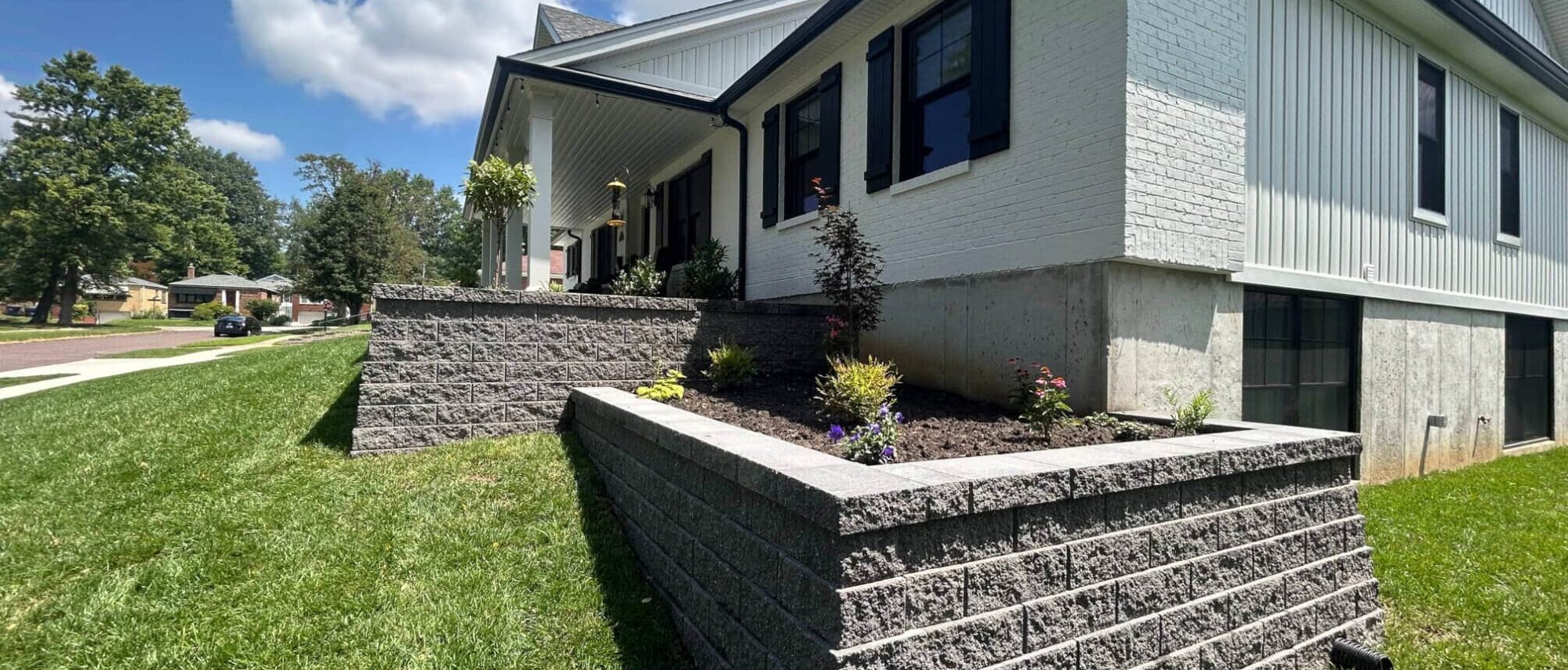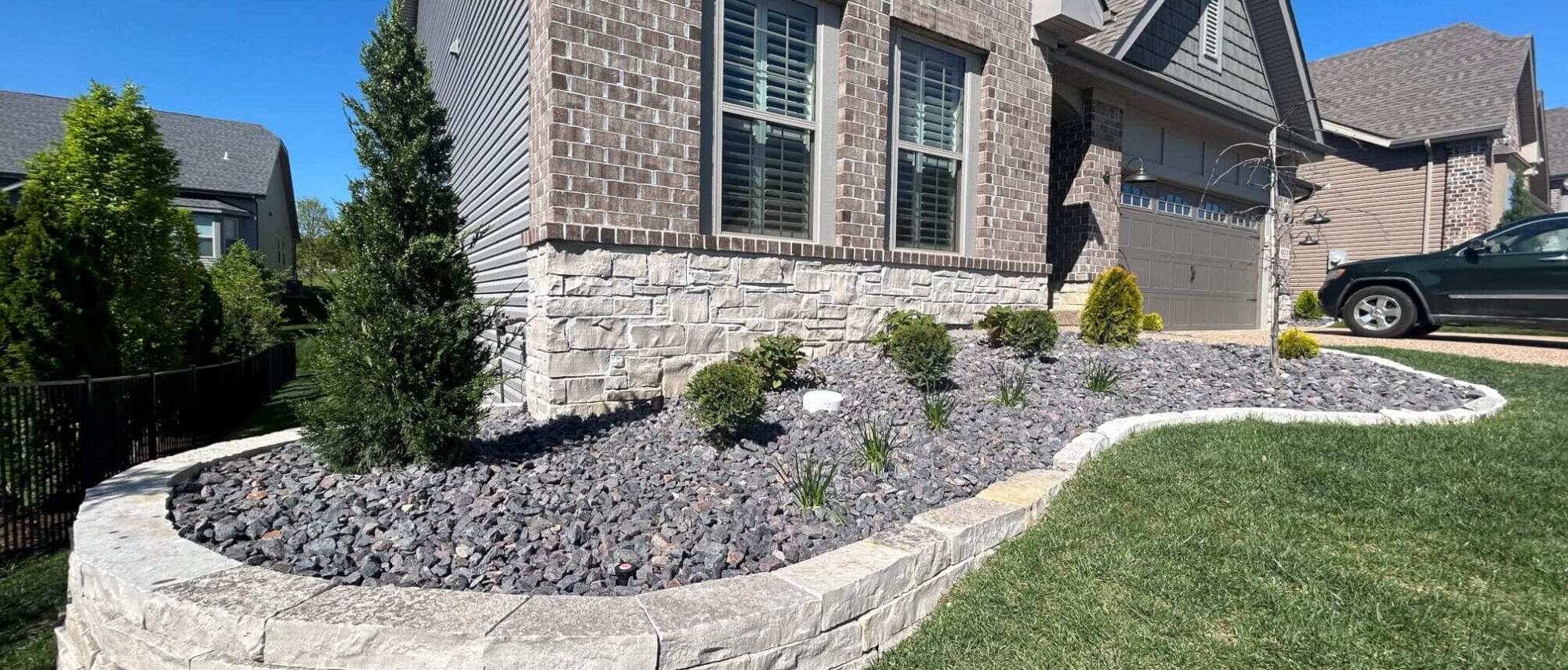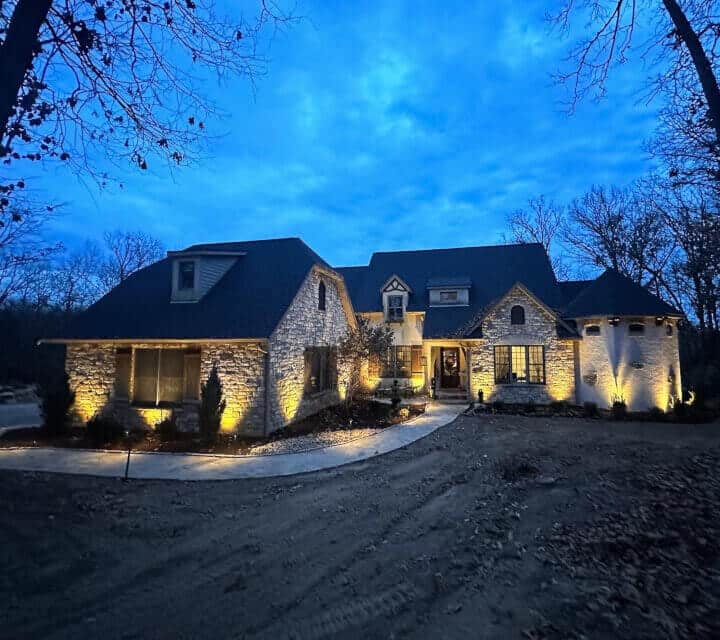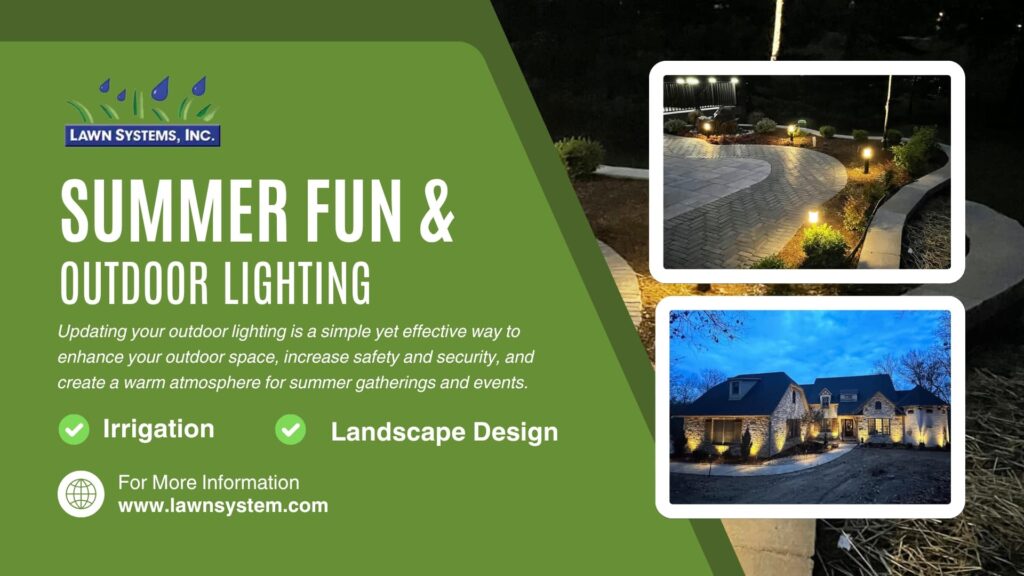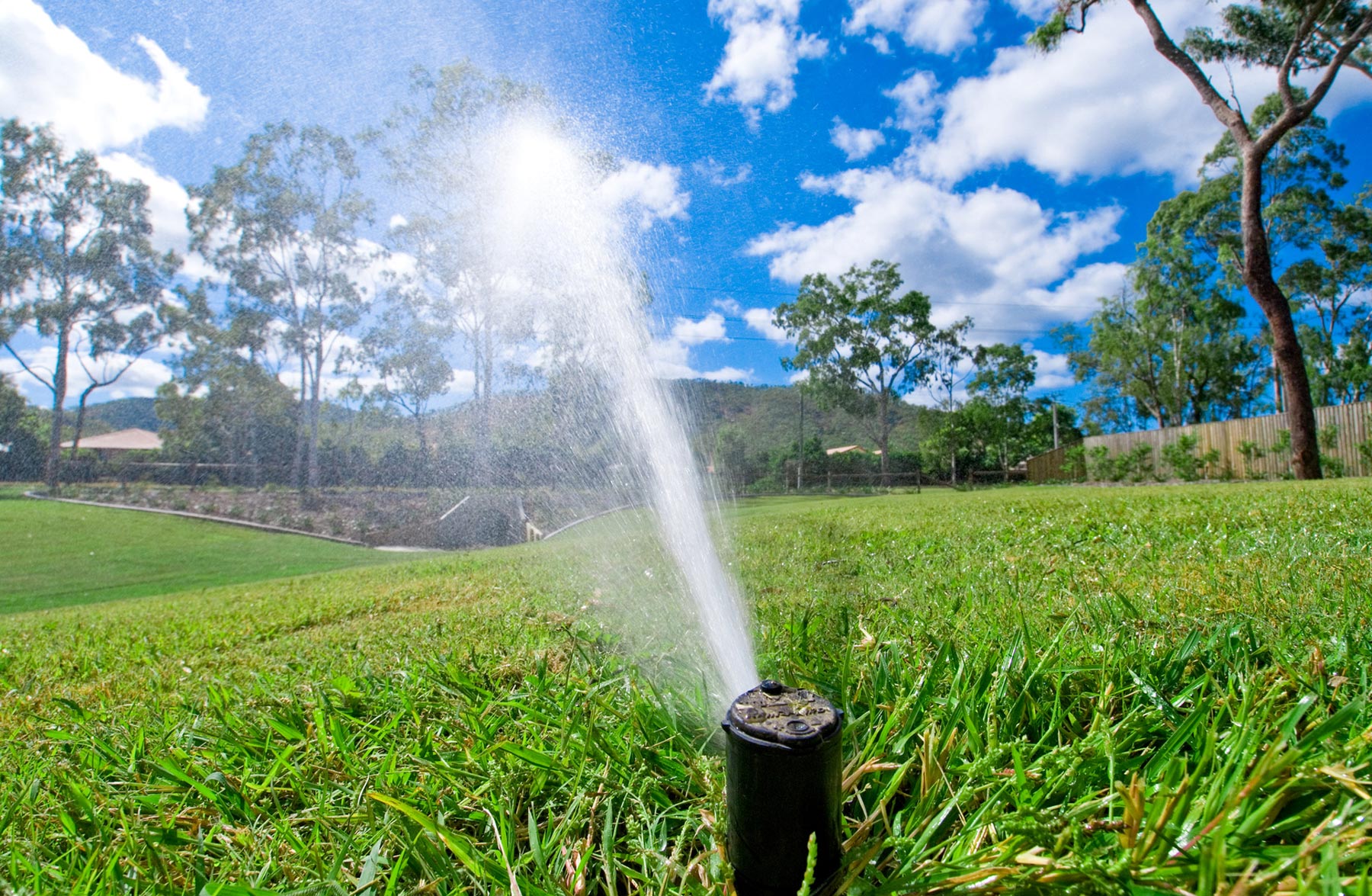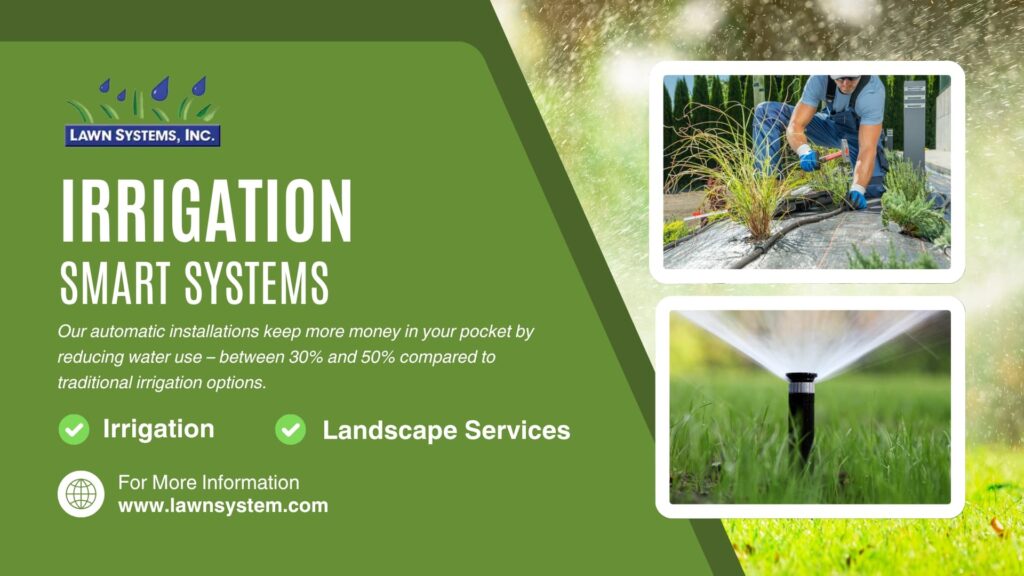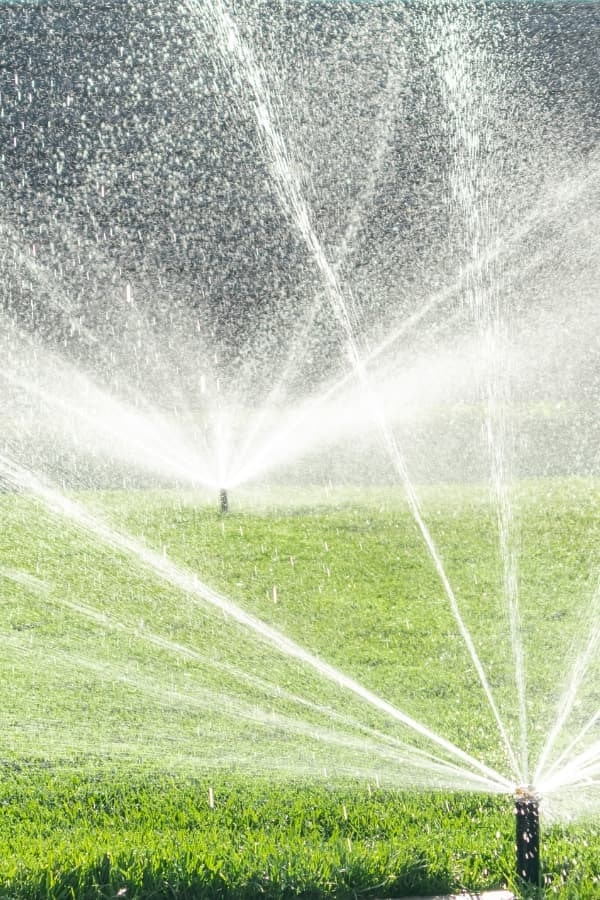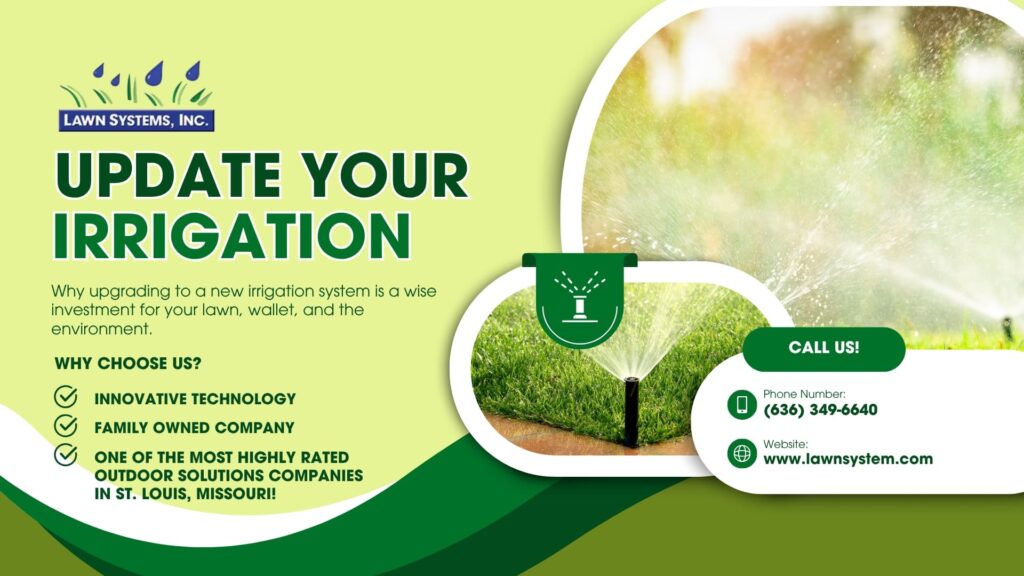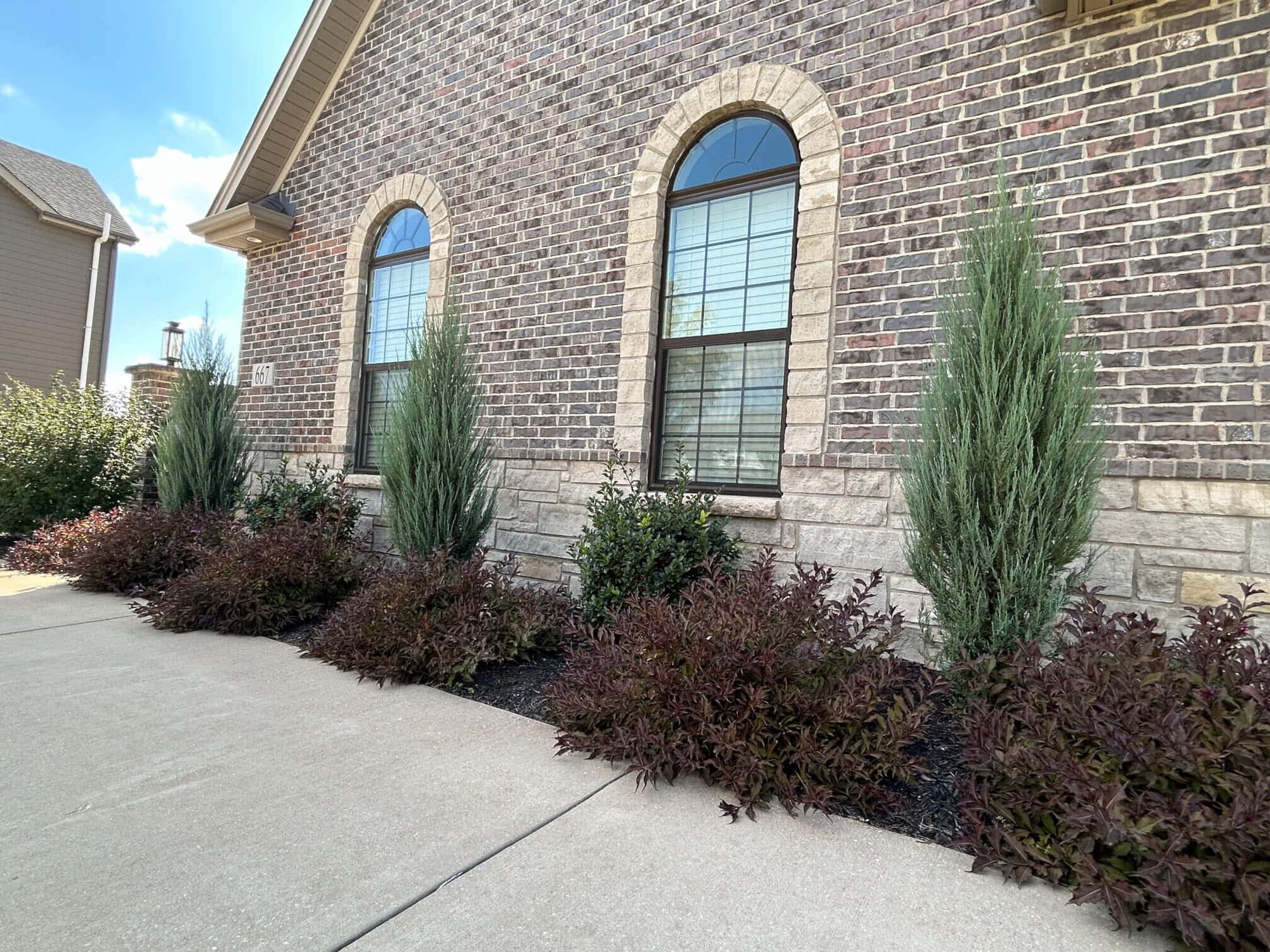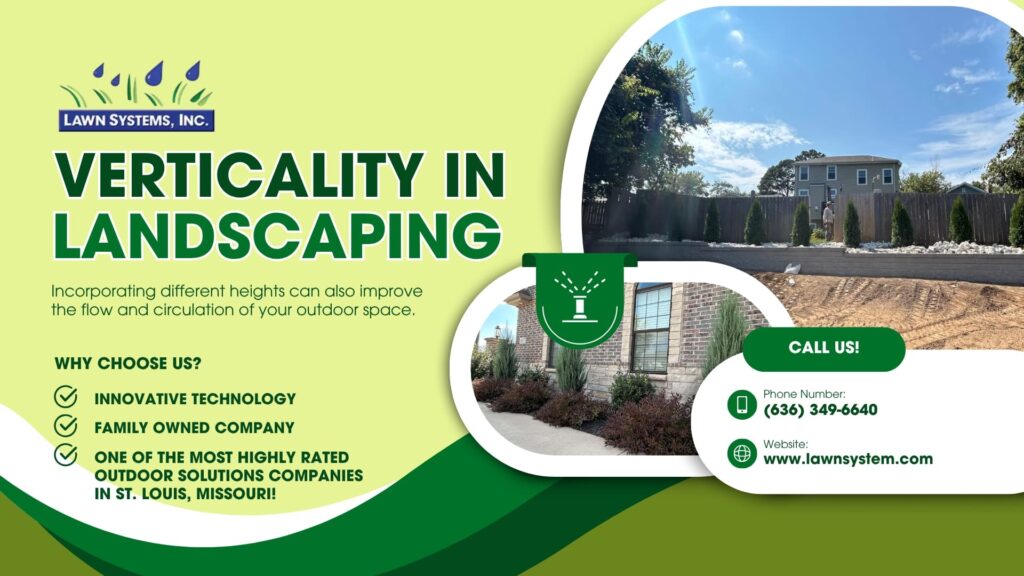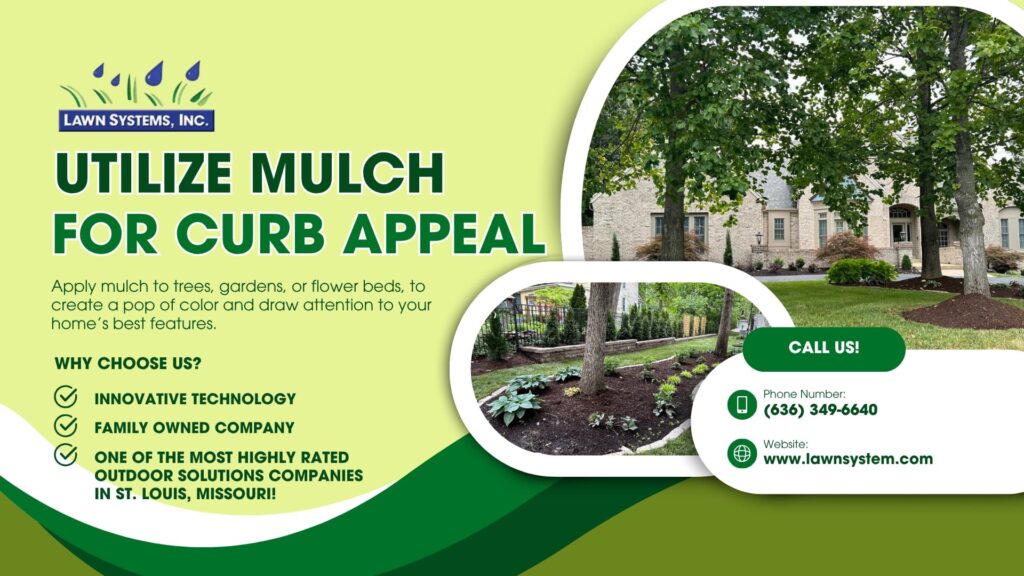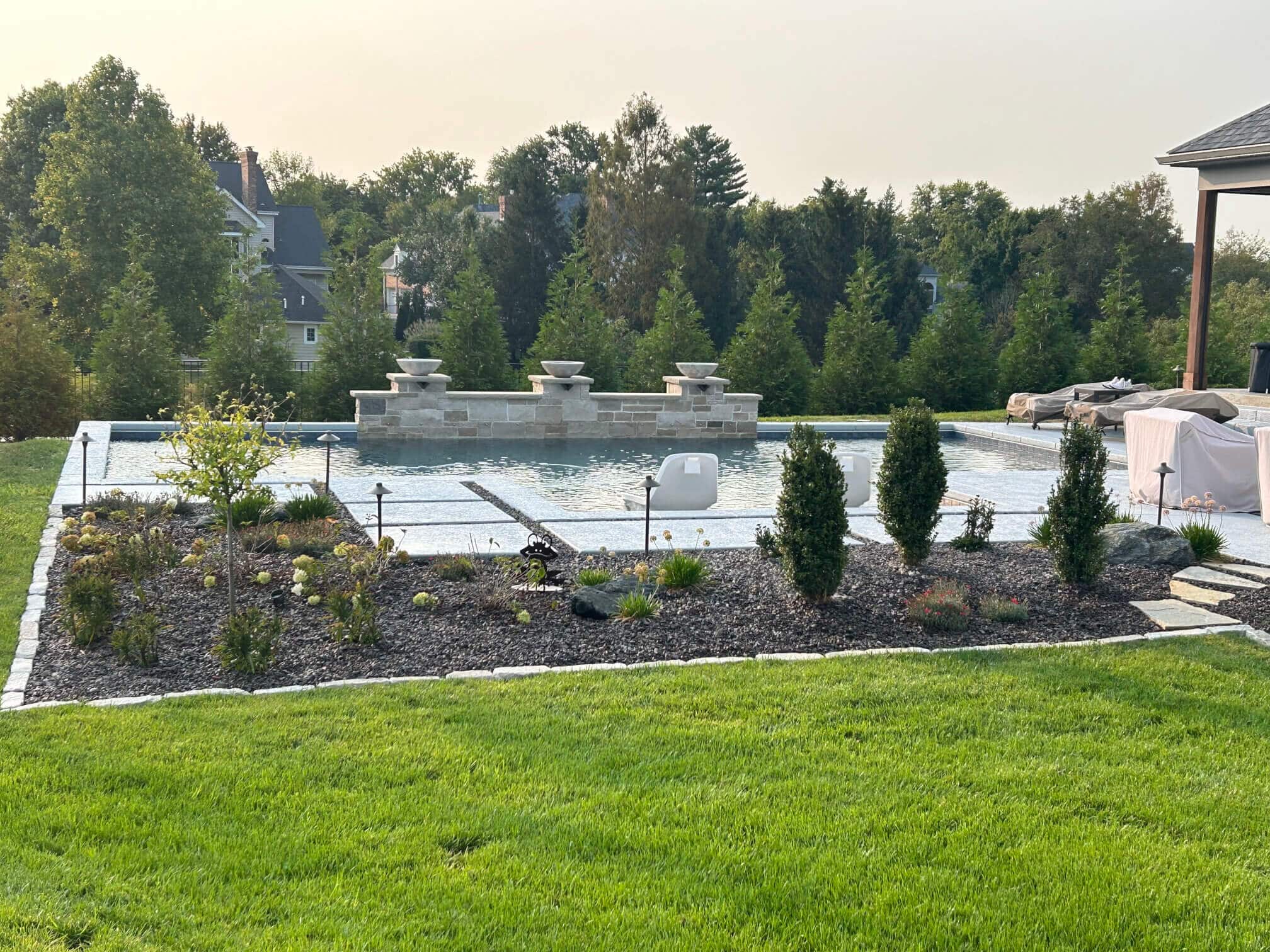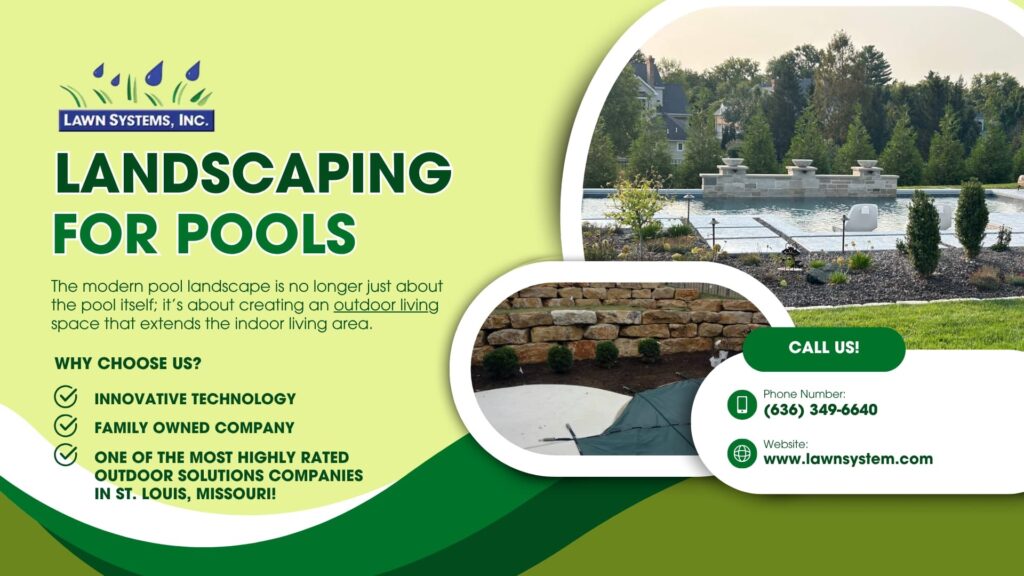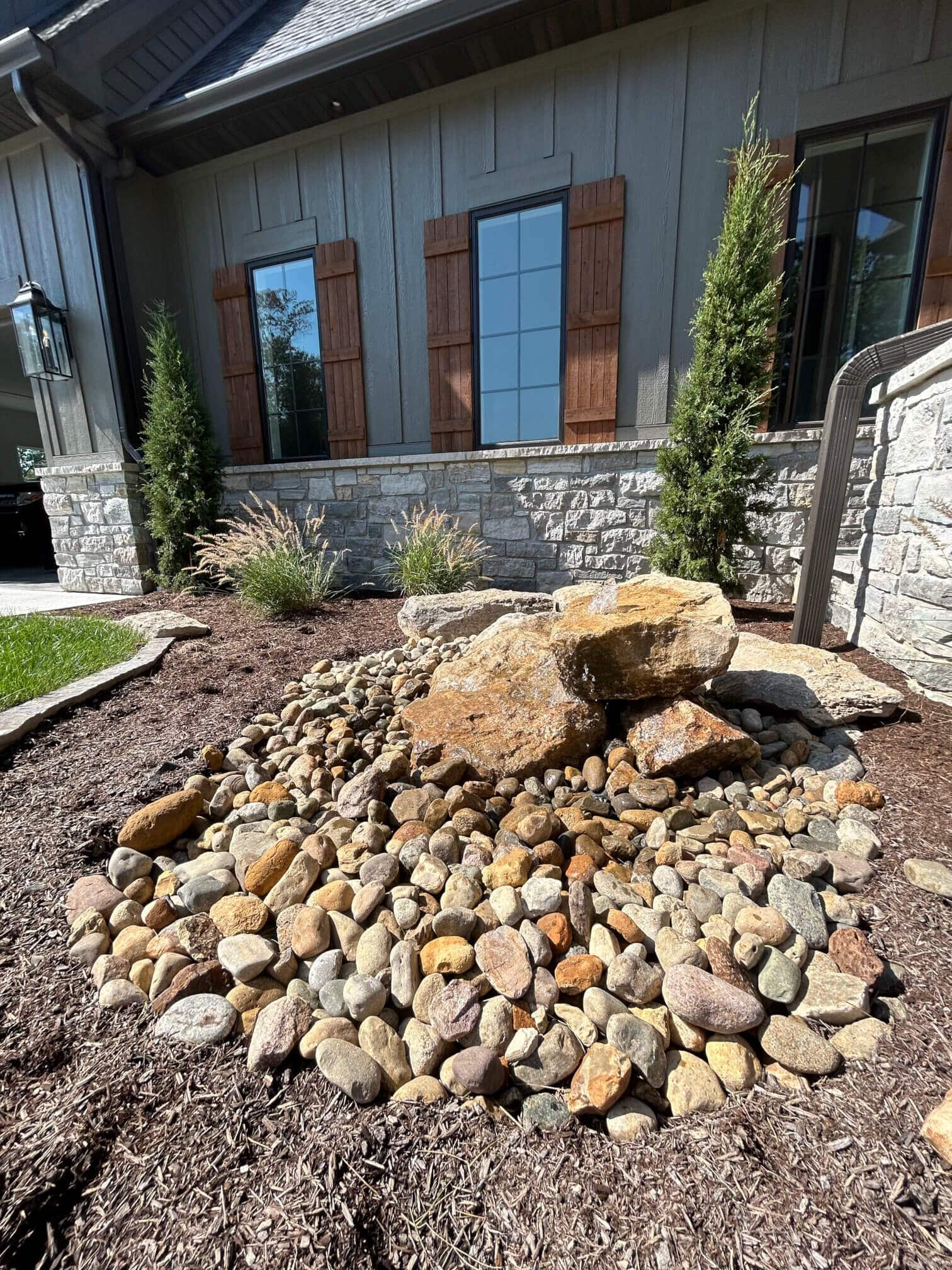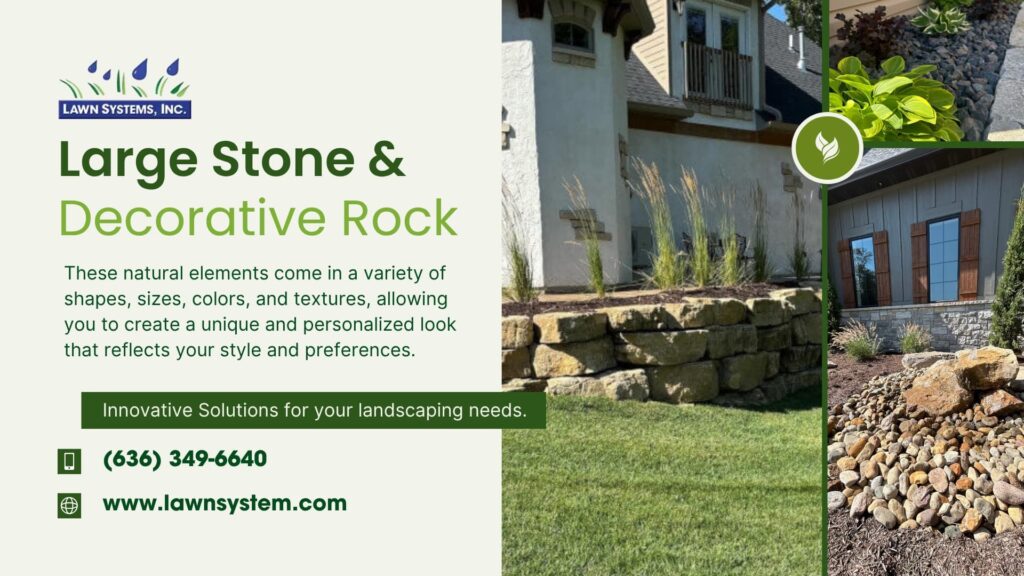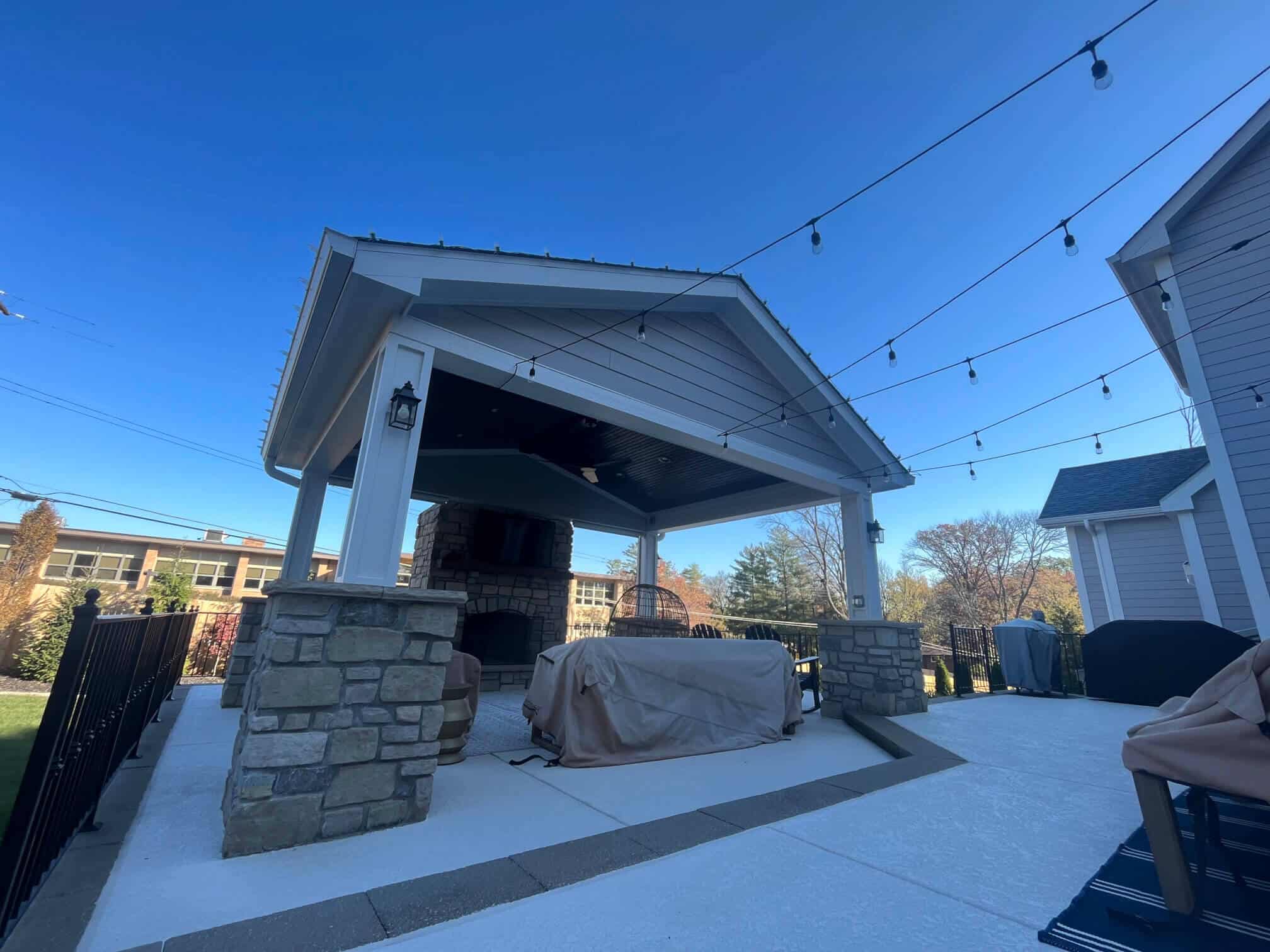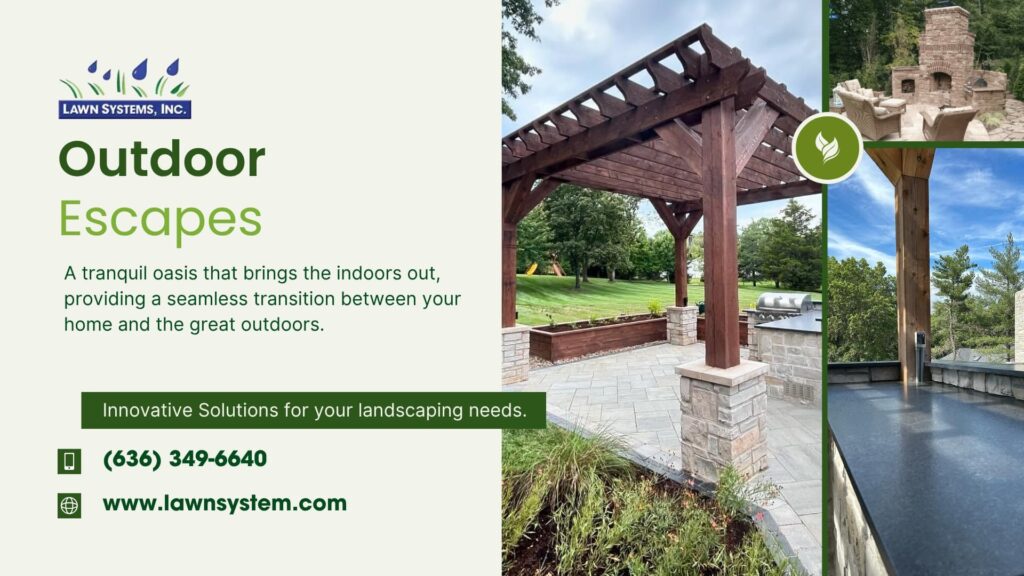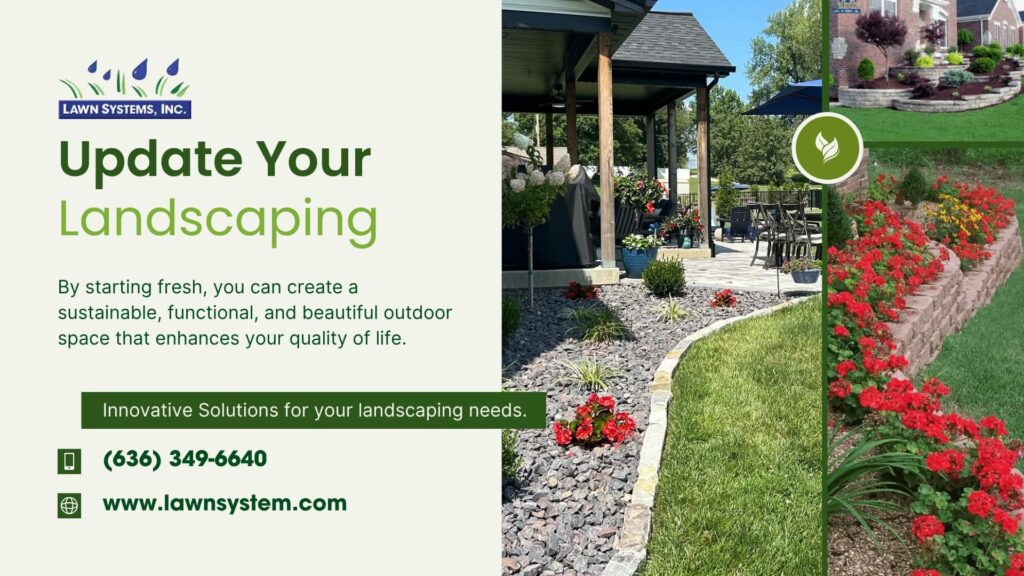Why Outdoor Lighting Matters
Outdoor lighting serves multiple purposes, going beyond mere aesthetics. It can:
* Enhance safety by illuminating walkways, stairs, and potential tripping hazards
* Increase security by deterring intruders and making it harder for them to hide
* Highlight architectural features and landscaping, adding curb appeal to your property
* Create ambiance and atmosphere, setting the tone for outdoor gatherings and events
* Extend the use of your outdoor space, allowing you to enjoy it well into the evening hours
Assessing Your Current Outdoor Lighting
Before updating your outdoor lighting, take stock of your current setup. Walk around your property at night, noting areas that are poorly lit or lack lighting altogether. Consider the following:
* Are there any dark spots or areas where shadows create tripping hazards?
* Are your outdoor living spaces, such as patios or decks, adequately lit?
* Are there any areas where lighting could enhance the beauty of your landscaping or architectural features?
* Are your outdoor lighting fixtures outdated, damaged, or in need of replacement?
Outdoor Lighting Options for Summer Fun
With a clear understanding of your outdoor lighting needs, it’s time to explore the various options available. Here are some popular choices for updating your outdoor lighting:
String Lights: Perfect for creating a warm, festive ambiance, string lights are ideal for outdoor living spaces, such as patios, decks, or gazebos.
Pathway Lighting: Solar-powered pathway lights are a great option for illuminating walkways, stairs, and driveways, while also being eco-friendly and low-maintenance.
Spotlights: Highlight your home’s architectural features, landscaping, or outdoor art with spotlights, which can be directed to focus on specific areas.
Floodlights: Provide overall illumination for larger outdoor areas, such as backyards or pool areas, with floodlights.
Landscape Lighting: Showcase your landscaping with low-voltage lighting, which can be used to highlight specific plants, trees, or water features.
Energy-Efficient Options
As you update your outdoor lighting, consider the environmental impact and your energy bills. Here are some energy-efficient options to explore:
LED Lighting: LED lights use significantly less energy than traditional incandescent bulbs and can last up to 25 times longer.
Solar-Powered Lighting: Harness the power of the sun to illuminate your outdoor space, reducing your reliance on electricity.
Low-Voltage Lighting: Low-voltage lighting systems use less energy and are often more cost-effective than traditional line-voltage systems.
Designing Your Outdoor Lighting Scheme
When designing your outdoor lighting scheme, keep the following tips in mind:
Layered Lighting: Use a combination of lighting sources to create a layered effect, with different lights serving different purposes (e.g., pathway lighting, spotlights, and ambient lighting).
Balance: Balance your lighting scheme to avoid harsh or overly bright areas, creating a warm and inviting atmosphere.
Color Temperature: Choose lighting with a warm color temperature (2700K-3000K) to create a cozy, relaxing ambiance.
Updating your outdoor lighting is a simple yet effective way to enhance your outdoor space, increase safety and security, and create a warm and inviting atmosphere for summer gatherings and events. By assessing your current lighting, exploring the various options available, and designing a thoughtful lighting scheme, you’ll be well on your way to making the most of your outdoor space this summer. So why wait? Start planning your outdoor lighting update today and get ready to make unforgettable memories with family and friends!
Contact Lawn Systems today to schedule a consultation and learn more about the benefits of upgrading to a modern exterior lighting.
At Lawn Systems, Inc., we can design a modern landscaping that meets your design aesthetic and the scale of your lawn, call us today!
Remember to look to our professional line of services to keep your home and business lawn and landscaping looking great and with our help – maintenance free! Our services include: Sprinkler Systems, Landscaping, Lighting, Water Drainage Solutions, Outdoor Living Concepts, Water Features, Fertilization – Take a look at our gallery and read more about lawn services on our blog!
We serve the St. Louis community and the surrounding cities: Ballwin, Clayton, Fenton, Chesterfield, Ladue, Kirkwood, St. Charles, Lake St. Louis, Webster Groves and our surrounding area, call us today!

